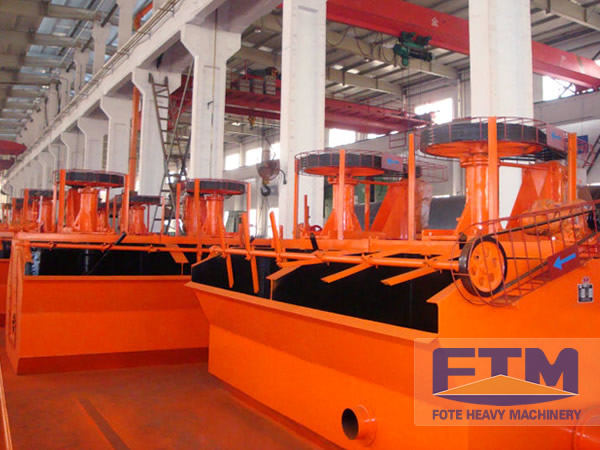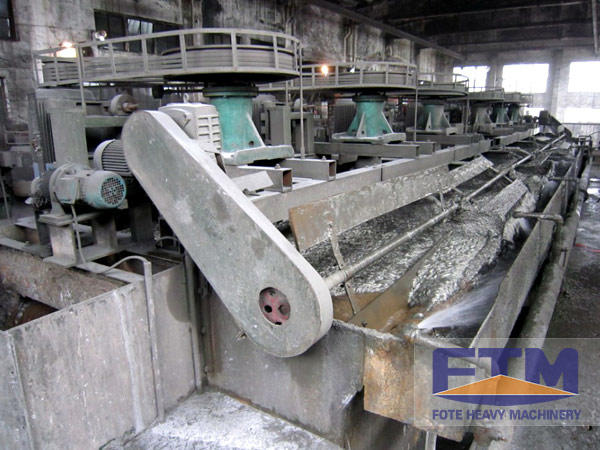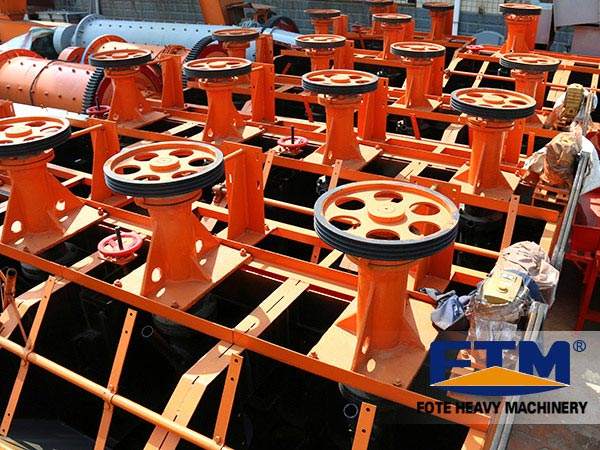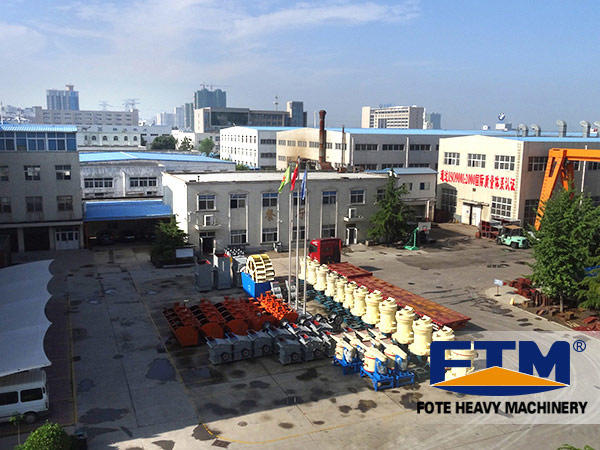NEWS
Solve 6 Major Faults of Flotation Machine
By: Fote MachineryApril 08th,2021
As a modern and common beneficiation process, flotation is currently widely used in concentrators. Because flotation has strict controls on grinding fineness, slurry concentration, reagents, etc., operators are required to check the status of flotation frequently during operation. Below we will summarize some common anomalies in flotation.

1. Poor flotation effect and high loss of tail throwing
This situation may be caused by the fact that the fineness of the material in the flotation machine does not meet the standard or the dosage of the flotation reagent. If the grinding fineness cannot reach the target, the grinding fineness should be increased appropriately, and the number of grinding stages can be increased or the grinding stage can be adopted.
2. Larger foam in the flotation cell, and the surface is reflective
When the flotation cell has large foam and the surface is reflective, the possible reason is that the flotation agent is added too much. At this time, the operator should appropriately adjust the amount of the flotation agent to observe whether the condition of the flotation foam has improved.

3. The liquid level of a single flotation tank is too high
The reason for the high liquid level of a single flotation tank may be that the suction pipe is blocked. At this time, the operator needs to stop and clean the suction pipe.
4. The foam scraped by the scraper contains a large amount of mineral pulp, and the foam layer is thin and fragile
There are four possible reasons for this situation:
First, the overflow concentration is too thin;
Second, the position of the liquid level adjustment plate is too high;
Third, the slurry overflow concentration is too thick;
Fourth, the amount of inhibitors and regulators is too large, resulting in the inability to produce a proper amount of foam.
When this happens, the operator should observe the situation first, control the concentration and fineness of the slurry, and pay attention to controlling the amount of regulators and inhibitors.

5. Partial liquid surface flipping
The phenomenon of partial liquid surface flipping indicates that the slurry foam layer is unstable. There are three possible reasons for this situation:
First, the cover plate is not installed flat, resulting in uneven gaps. One side is large and the other is small, and the side with the large gap will be turned over;
Second, the stator shedding results in unbalanced flow of residual pulp at the bottom;
Third, the pipe joints are loose.
These three situations are caused by the failure of the flotation machine, and the operator needs to notify the machine repair and deal with it in time.

6. Falling of the slurry level
The possible causes of the falling phenomenon of the slurry surface are too coarse grinding fineness, increased processing capacity, or insufficient dosage of medicament. The operator can solve the problem by adjusting the ore classification, reducing the amount of ore, or adjusting the dosage of the medicine appropriately.
The above 6 major problems are common abnormal phenomena and solutions in the flotation process. I hope that they can be helpful to all mine owners. In fact, for small and medium-sized concentrators, before the construction of the concentrator, it is helpful for you to choose integrated services, so that the operators can also get effective guidance and reduce problems in the follow-up production process.


